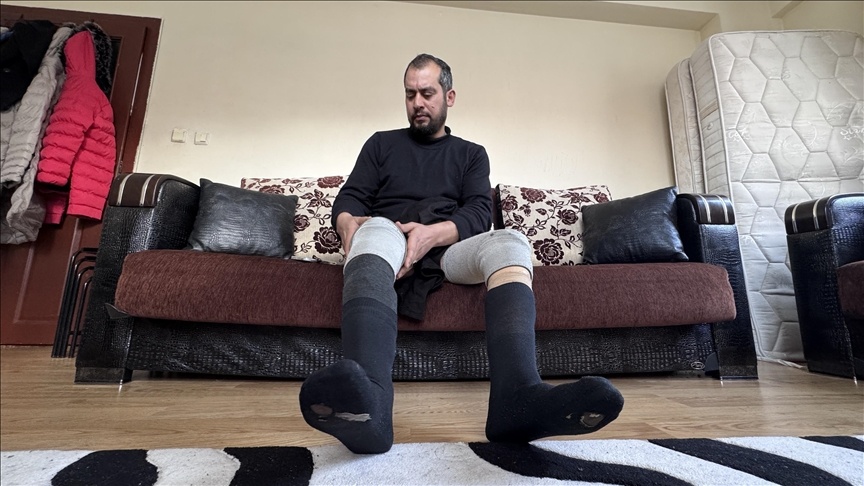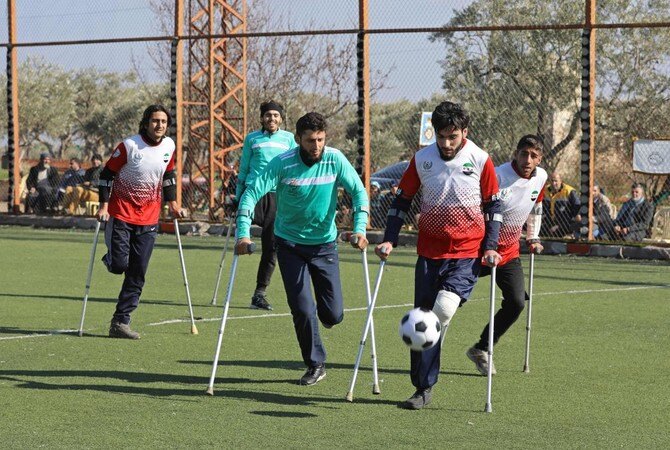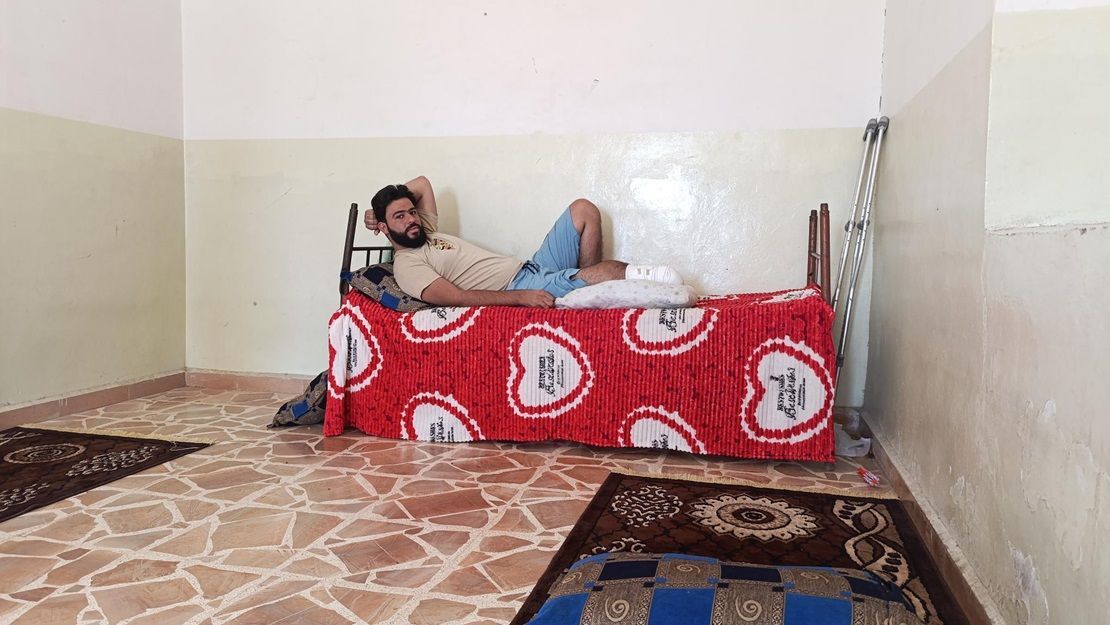haled al-Rayeq was living in a displacement camp in Syria in early Dec. 2024, closely monitoring social media for every movement of the forces opposing then-President Bashar al-Assad. Al-Rayeq had been forced to leave his hometown during the civil war, and he longed to return. So when the rebels took control of his home governorate, he was filled with excitement.
“When we heard that our lands were liberated, we rode our bikes to visit our land and the homes we spent our childhood in,” he says.
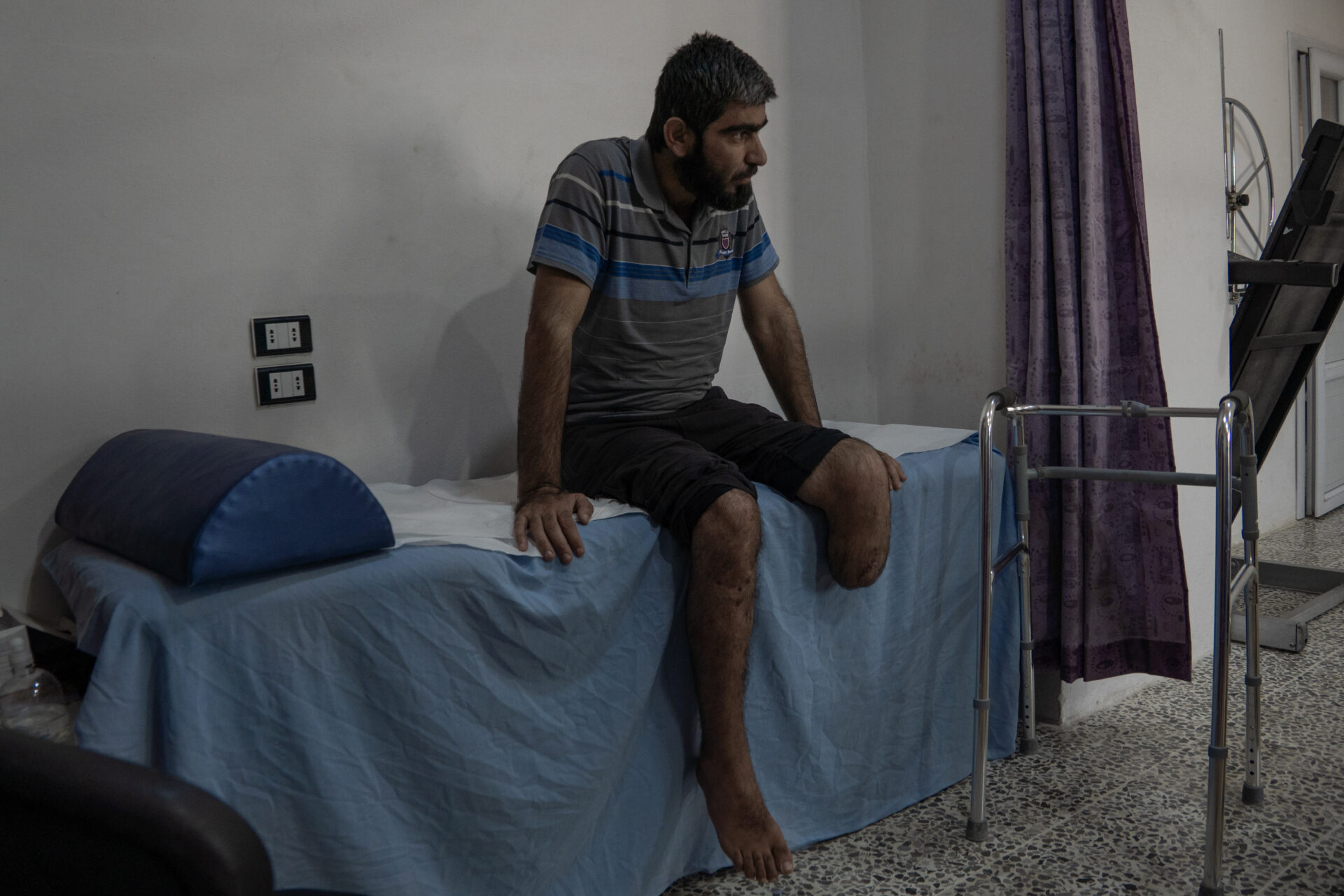
But his joy was short-lived. As he took in the massive destruction, his village was nearly unrecognizable. Then he took a step that changed his life: he walked onto an anti-personnel mine. The injury led to the amputation of his left leg below the knee.
Al-Rayeq is one of the hundreds of people who, in the euphoria of the early advances of the rebel offense, rushed to their homes and villages only to be met with the danger of unexploded ordnances (UXO). According to the HALO trust, a UK-based organization that conducts demining operations in Syria, over 1,020 adults and children in the country were killed or injured by UXO between Dec. 2024 and May 2025; a number that is likely an underestimation due to a dearth of centralized data collection.
Dr. Sameeh Qaddouh, General Manager at Aqrabat Hospital, shakes his head as he recounts the initial days after the regime’s fall. “The first days were catastrophic… [the people] were very happy then very sad, because they couldn’t wait to return to their homes,” he says.
In February 2025, Aqrabat hospital received 73 war-related injuries. According to the hospital administrator, Salahedin Abdulsalam, about 60-70% of injuries in this period were due to UXO or war remnants.
In al-Rayeq’s case, he received first aid and was then rushed to Aqrabat Hospital, where he is currently undergoing treatment. Not all mine victims are so lucky.

Under the scorching sun, in a vast expanse of land in Saraqib, southern Idlib, Mohammad Shaik Mohammed prepares to dismantle a Russian 125mm OF26 shell. The leader of one of the Explosive Ordnance Disposal (EOD) teams at HALO Trust, he says that in the previous week, a man in the area was killed because of UXO.
“When I first started this job, I saw a lot of accidents and children losing arms, and parts of their body because of war remnants,” he says, explaining his motivation to take up his line of work. As he clears this field, he’s received three more reports of suspicious objects in the same area. “The battles would have only spanned 10-12 days, but they left such a large number of remnants behind,” he says.
“We would need at least 15 teams to cover all the reports we get,” he says.
Before the fall of the regime, HALO’s operations were limited to rebel-controlled areas of Syria. After Dec. 2024, they were able to expand throughout the country. In Idlib, HALO has about 110 staff members, most of them locals.
Less than a quarter mile away, Sana Ibrahim Baqir and her children cower as they hear the loud explosion of Mohammed’s demining operation. Baqir says she saw many war remnants in the vicinity, including rockets and landmines, when she returned home after the fall. She is now allowing the NGO to use her front porch as an emergency medical point during their demining operations.
“I hope all these remnants can be cleared and we can live in peace,” she says, her children watching on.

As the demining work increases, so does that of Aqrabat Hospital, where Al-Rayeq is being treated. Nestled in the hills of Aqrabat, close to Syria’s border with Turkey, the hospital is the only specialized orthopaedic hospital in the region, and produces artificial limbs in-house.
In one of the top floors of the hospital, patients with amputations wait in the corridors. In some rooms, UXO survivors practice walking on their new legs, while in nearby rooms, prosthetic technicians craft artificial limbs.

The process is intricate; as Al-Rayeq gets his measurements taken for his prosthetic limb, an expert examines his stump before casting a mold. Al-Rayeq grins, barely able to contain his excitement. “I feel the same joy getting my measurements taken as I did when the regime fell,” he says.
Abdulsalam says the healing for landmine survivors is often a long process. After surgery, there is a three-month rehabilitation process. Then they get measurements taken for their artificial limb, which takes about two weeks to produce. Later, they have to learn to handle their prosthetics.
And there is lots of work to do. “We had expected that after the liberation of Syria that the load of work would decrease because displaced people would return to their cities or towns, but because of the very bad medical services under the regime, they come back to our hospital with their neighbours, relatives, or others,” Qaddouh says. “They trust this hospital, know the quality of services and it’s totally free.” This system, though, is precarious. Along with the stress of the intensive work, Qaddouh says he has a constant fear of funds running out.
He calls on the government, NGOs and donors to recognize that hospitals in northern Syria still need support, despite the change in governance. “We must have donors know that we are in need — maybe more than we were before liberation,” he says.
Meanwhile, al-Rayeq, who used to be a farmer, hopes to be able to work again after being fitted with his new leg. And he has advice for fellow Syrians as they return home: “If any person [wants to] enter a house or their land, don’t do it if the White Helmets (Syria’s Civil Defense) haven’t surveyed it,” he says decisively. “This is the advice I have.”
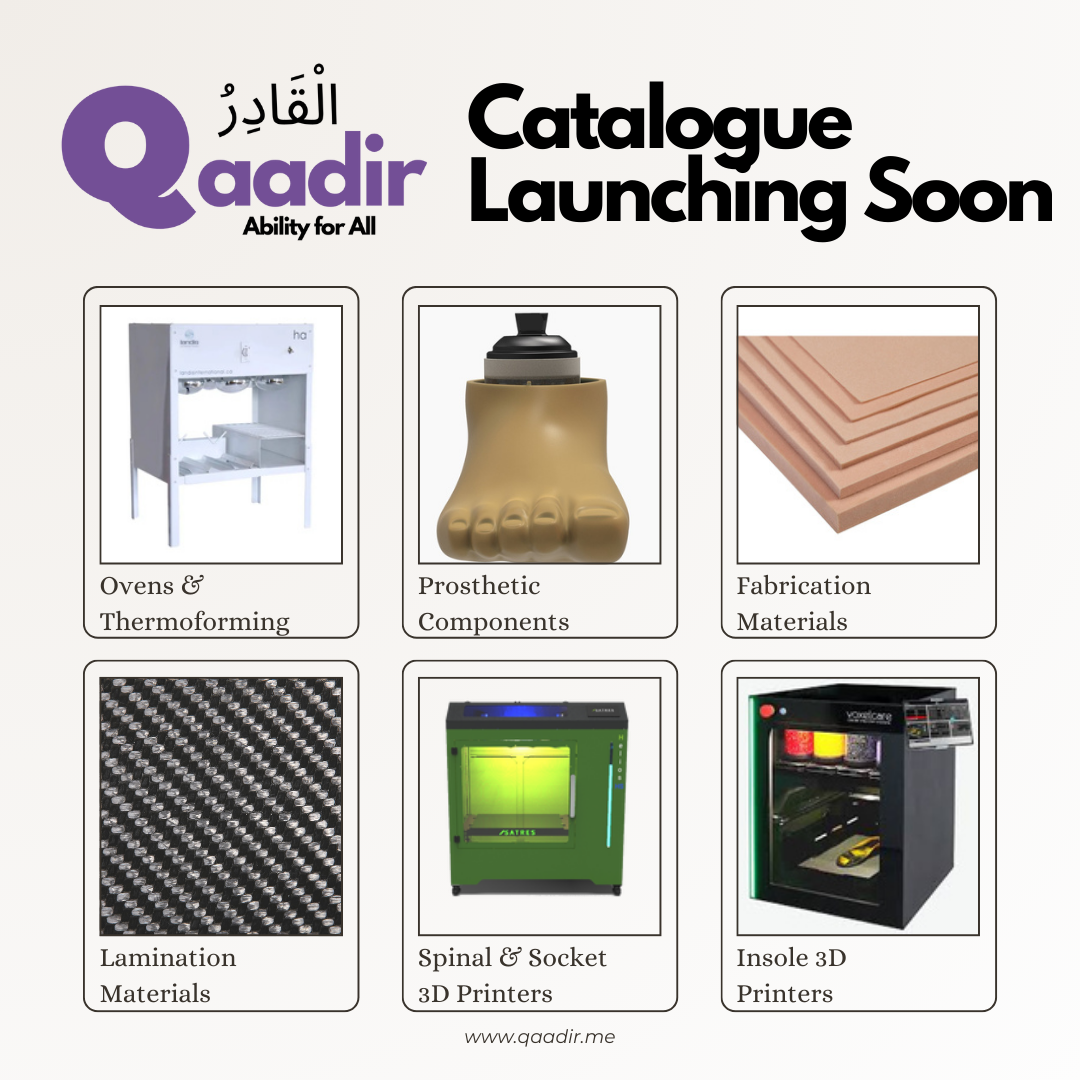
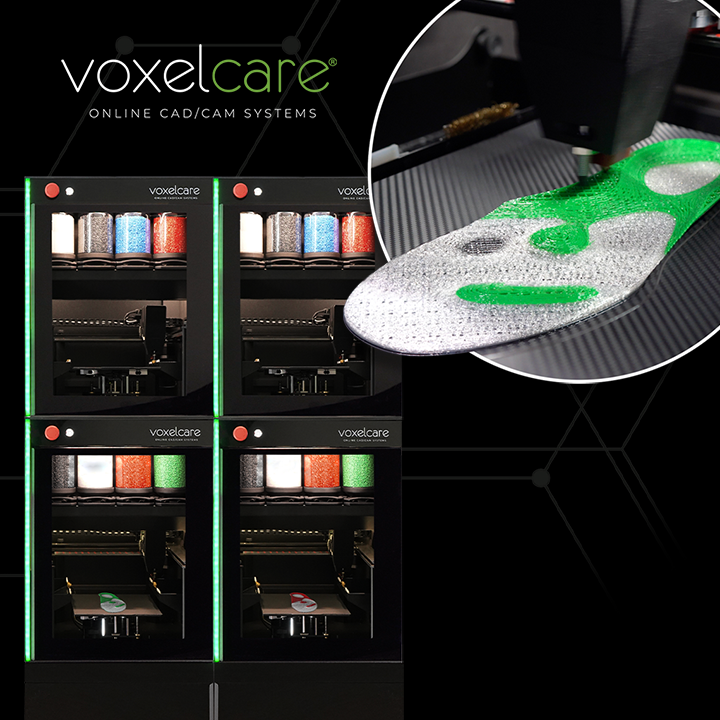

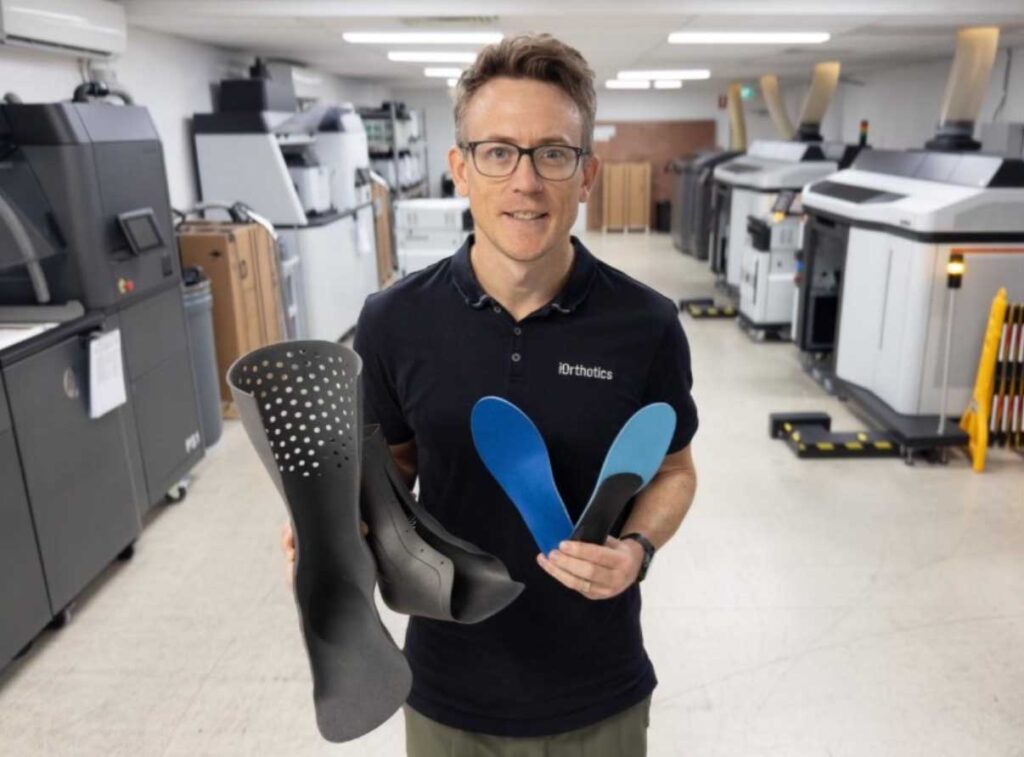
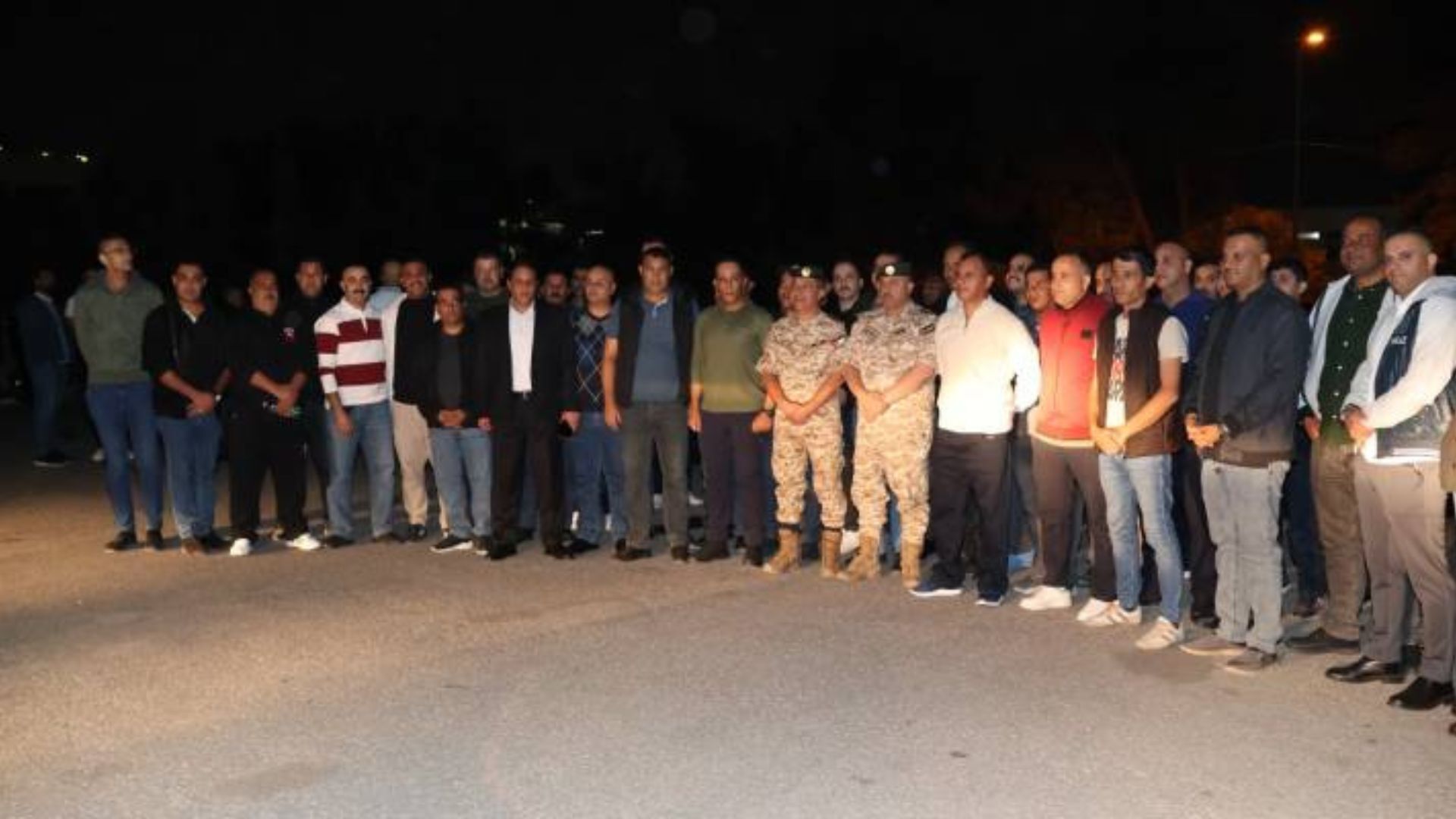
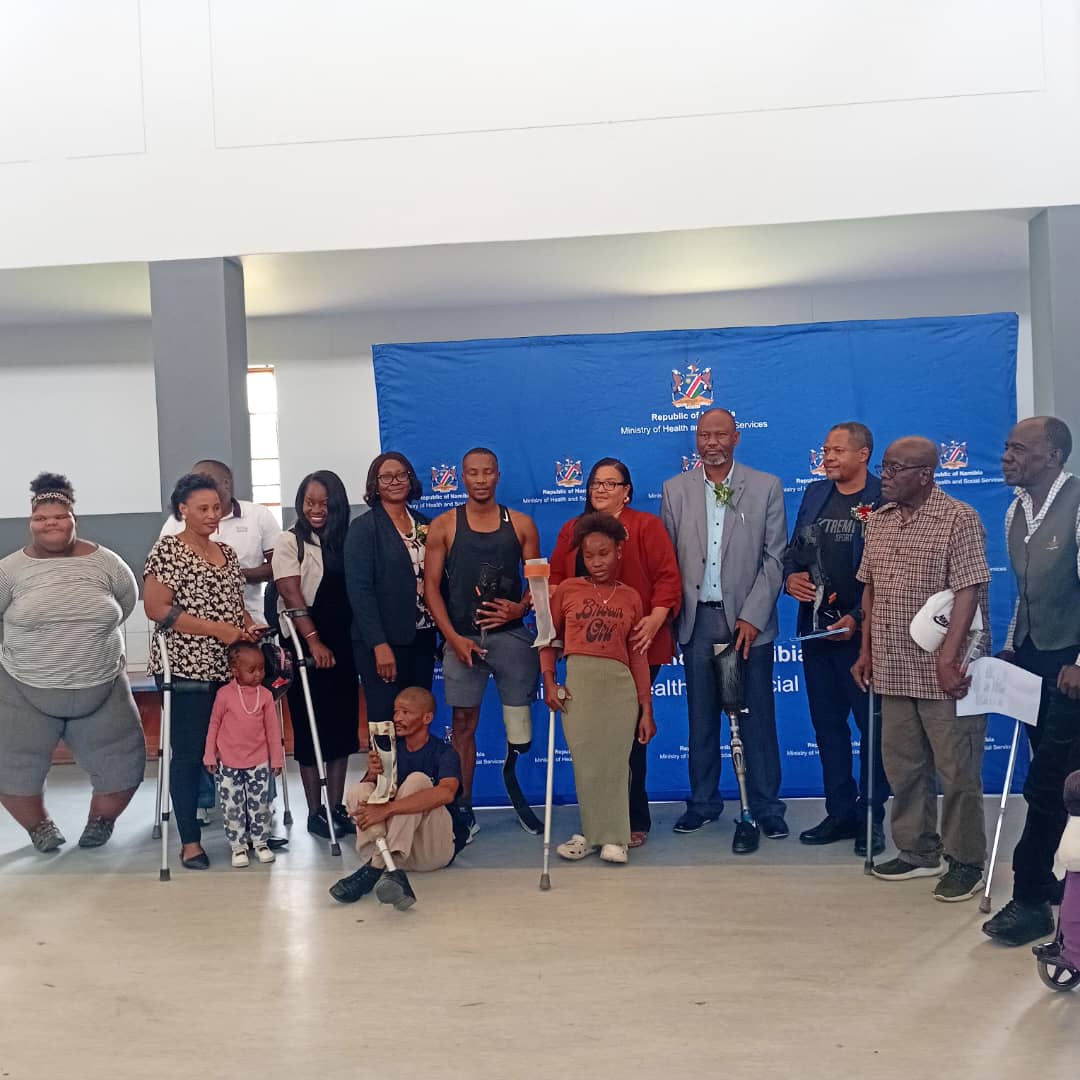
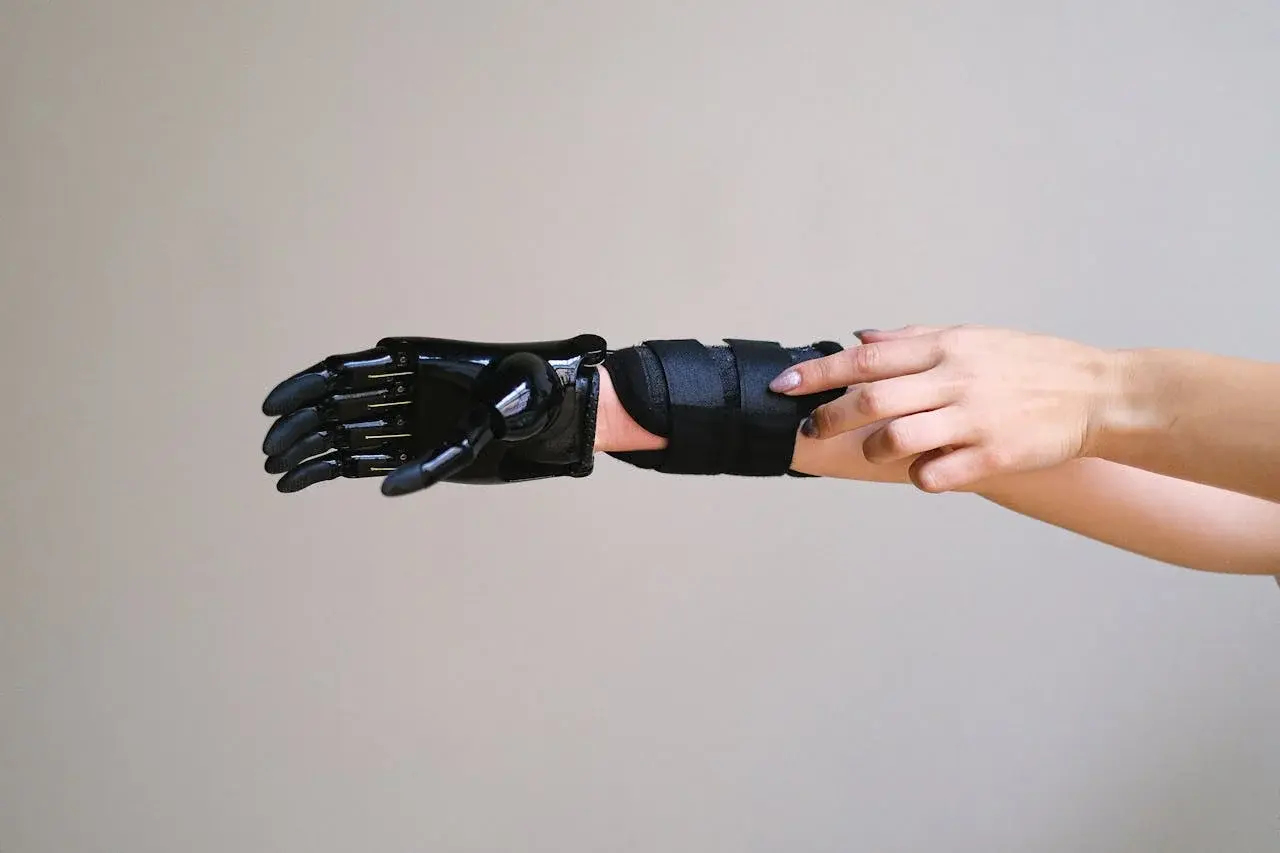
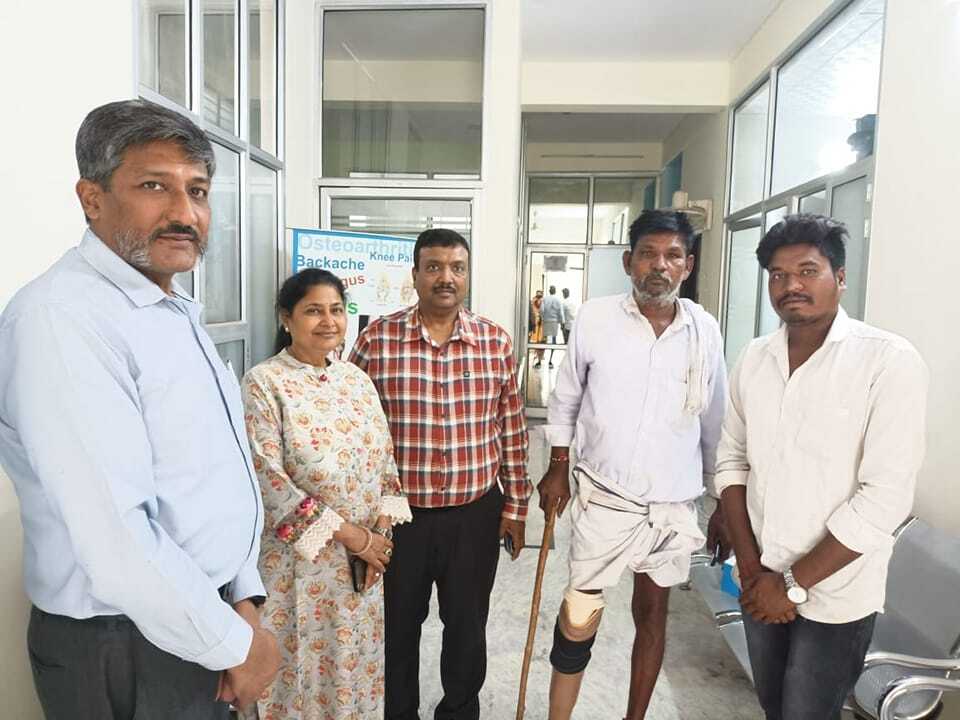
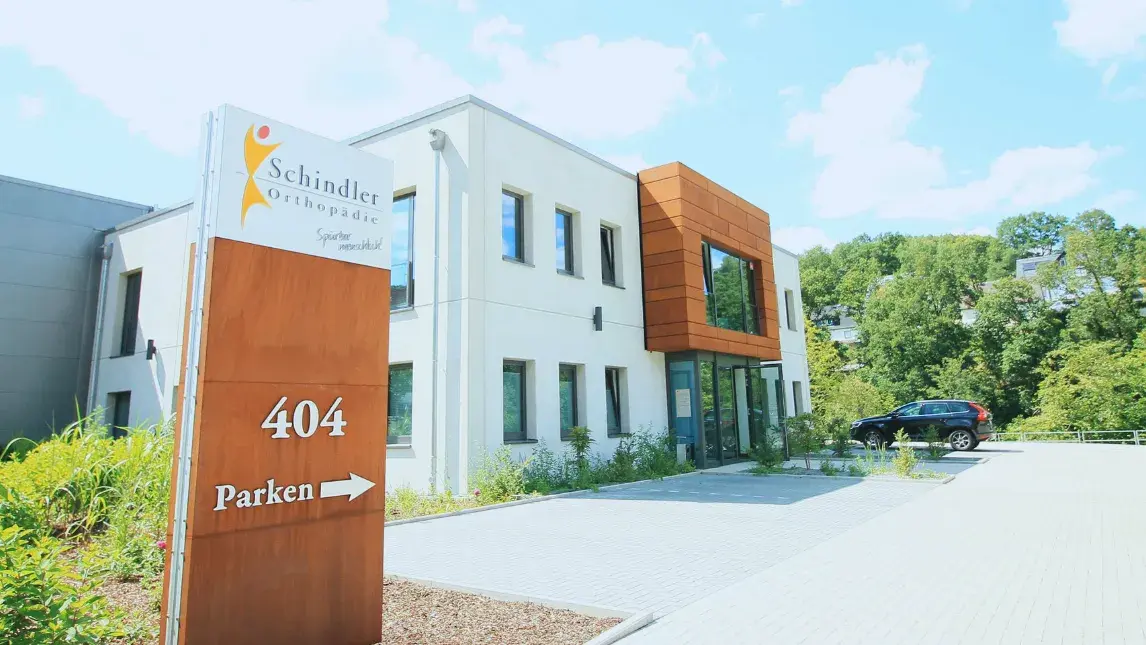

-1.png)
